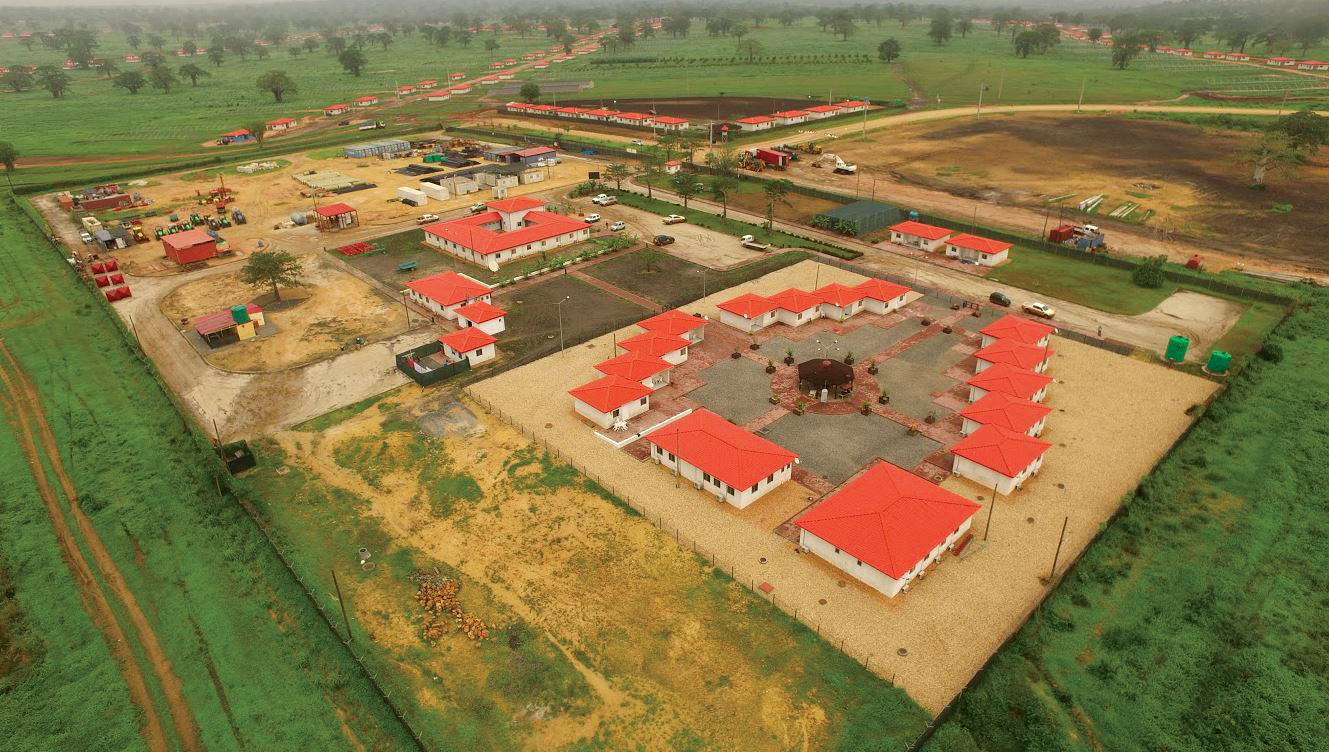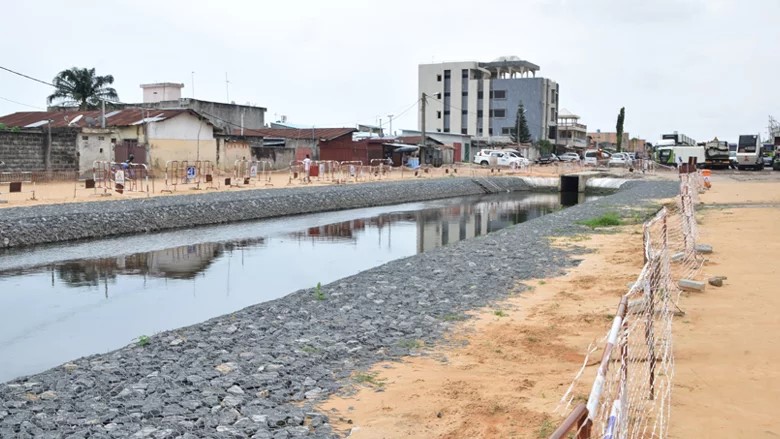In partnership with the National Institute of Standards and Technology (NIST), GRID Engineers developed a groundbreaking decision-support methodology that redefines how earthquake resilience investments in U.S. highways are prioritized and justified.
The methodology — soon to inform recommendations to the President’s National Infrastructure Advisory Council — enables federal and state agencies to optimize rehabilitation funds by assessing how different investment options enhance the resilience and functionality of transportation networks under seismic hazards.
By combining engineering, economics, and optimization science, it introduces a new level of clarity and transparency into where losses occur, how functionality can be restored, and which interventions deliver the greatest long-term value.
Revolutionizing Resilience Investment
More than a technical framework, the tool reshapes how resilience is understood, valued, and funded:
- 💡 Brings transparency — revealing where losses originate and which assets are most critical to maintaining network functionality.
- 💵 Monetizes resilience — allowing planners to evaluate the return on investment for resilience measures alongside traditional infrastructure projects.
- 📈 Proves the value — pilots across U.S. highway networks show that every dollar invested in resilience can yield 3–4 times its value, and in high-traffic corridors, returns can exceed 10:1.
- 🛠️ Optimizes recovery, not just spending — showing that maintaining post-disaster functionality often depends on smart, targeted interventions, not necessarily costly ones.
What it does
Our approach integrates advanced analytical modules that collectively assess risk, losses, and returns on resilience:
- Hazard mapping – integrates USGS data to identify relevant seismogenic sources, their intensities, and recurrence.
- Physical vulnerability assessment – uses an extensive database of fragility curves for highway assets, refined with local data when available.
- Network modelling – quantifies how damage affects connectivity, travel times, and overall mobility.
- Economic and loss analysis – values passenger and freight traffic, simulates thousands of damage scenarios, and estimates annualized average losses.
- Investment optimization – applies powerful genetic algorithms to identify the best combination of resilience measures within a defined budget, maximizing cost-benefit outcomes.
Functional recovery means keeping transport networks moving — even immediately after an earthquake. Investments focus on controlled damage and rapid recovery to maintain basic traffic flow and ensure continuity of essential services.
SERVICES
Climate and Natural Disasters Risk
Resilience Investments
INDUSTRY
Road Transportation
LOCATION
USA
CLIENT

YEAR
2021 – 2023






